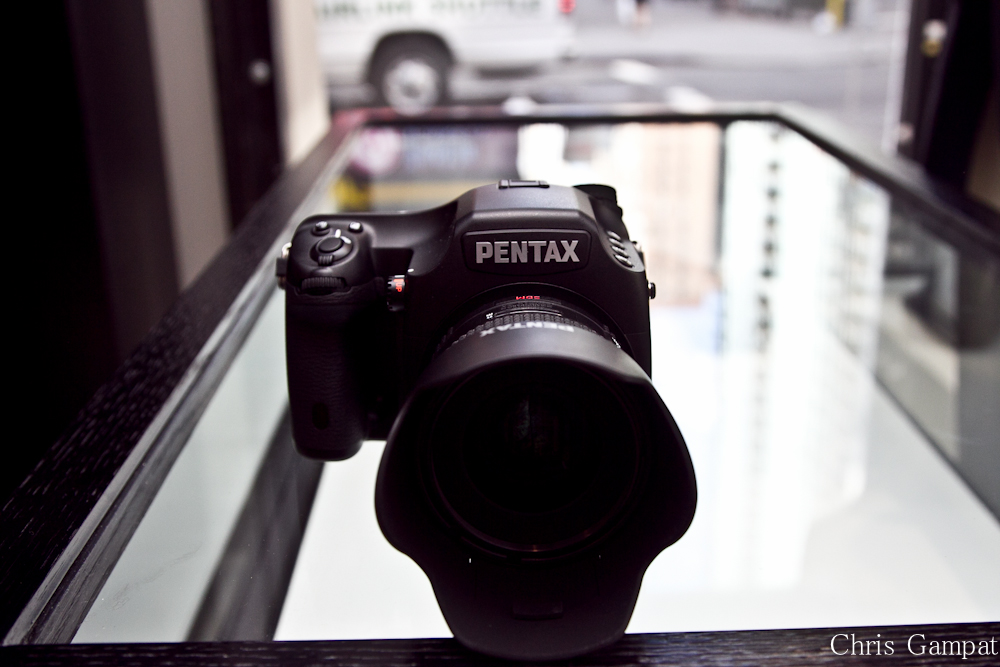
The Pentax 645DN is a medium format camera priced much lower than other competitors in the space. It had me interested in a test run not only because of the price point and sexy lure of more pixels (40 million), but also because I used to shoot with a medium format Mamiya in the days of film and I wanted to see the progress digital versions were making. Wondering why they’re bringing one out now? Well, this special edition is called the DN — fully standing for Pentax 645DeezNutz. I have had the 645DN for less than a week and will have a full review in about a month. Until then, these are my first impressions of the camera.
Ergonomics
The Pentax 645DeezNutz is one of the best feeling cameras I have held. Because the bulk of the body is off to the side of the grip, the grip is deeper which works well with my bigger hands. I had a friend with smaller hands test out the grip and she was not so happy about the size and I can see why. The grip is deeper than you will find on any 35mm DSLR and this will work for some and not others.
Taking a look at the first shot in this post you can see the Pentax is fat and that helps with stability when handling. My left hand was given a wide base from which to support the camera and it felt comfortable. But if you read those stats up there, you noticed the weight (nearly 3.5lbs) and that makes all-day holding a bear. I walked around with this camera without a strap for about an hour and my grip hand was getting tired. A strap is a must on this camera.
Both control dials are easily accessed on this camera as are ISO and exposure compensation buttons. I don’t like how far over the “Play” button is and I often find myself reaching with my other hand to press it. While this camera’s buttons and dials may seem crowded to some, I like that individual features are given their own wheel or button, such as autofocus type, autofocus point selection and mirror lock-up.
I also like that the auto exposure lock (AEL) feature stays on for a long time and doesn’t require constant shutter release taps to keep it alive. Also nice is a tripod mount on the side of the camera for portrait work.
Autofocus
Autofocus is quick, as quick as medium range 35mm DSLR cameras I have tested. The focus points are all grouped around the center of the frame so you will have to do a fair amount of focus locking if you prefer your subjects to the side. One thing that bugs me about the operation of the focus system is the only slight confirmation that focus is locked. When lock is achieved, the focus point that is locked will give one short blink off and then on then stay off. This is compared to when it can not find lock, where it will blink off. If you aren’t paying close attention (and have the audio “beep” turned off as I prefer), then it is easy to miss if focus is locked. It’s a minor thing.
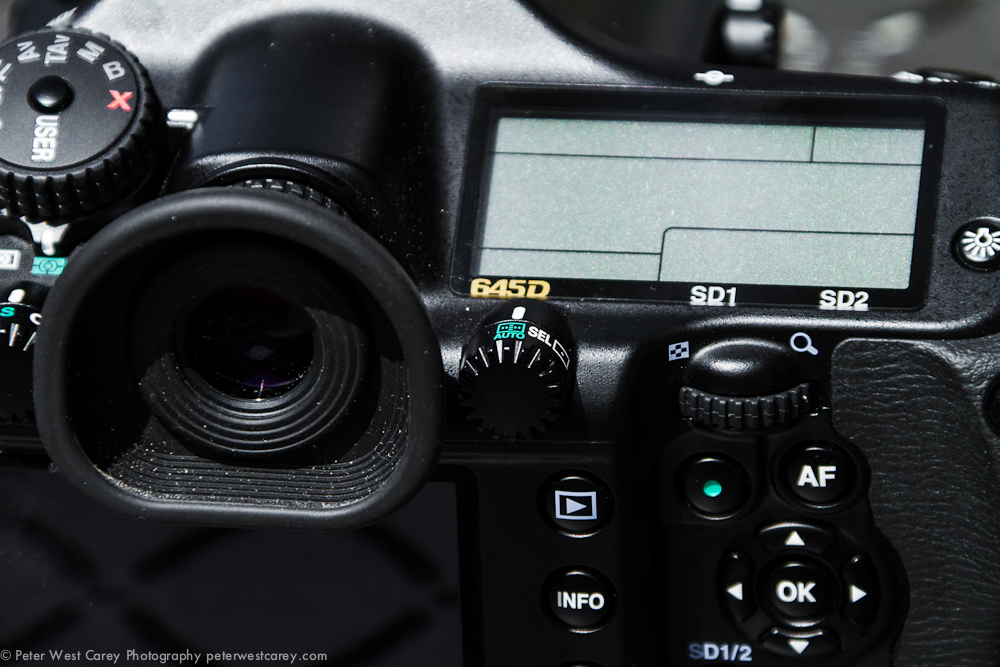
Image Quality
Image quality is where this camera shines. I have been testing my 645D with a Pentax-D FA 645 55mm f/2.8 lens and while the subject matter I can shoot can be limited, the results give room for play. Meaning, I can shoot wide and crop because of the incredible quality of the images. I have noticed some green fringe when the aperture is all the way open and shooting toward the sun, but this is hard to avoid even with smaller sensors.
Each image below links to a full sized JPEG version. The images are edited to show what is possible and in the two examples I will show the original plus a standard Lightroom edit to show the amount of data that can be pulled out of this sensor. The images range from 16MB-47MB.
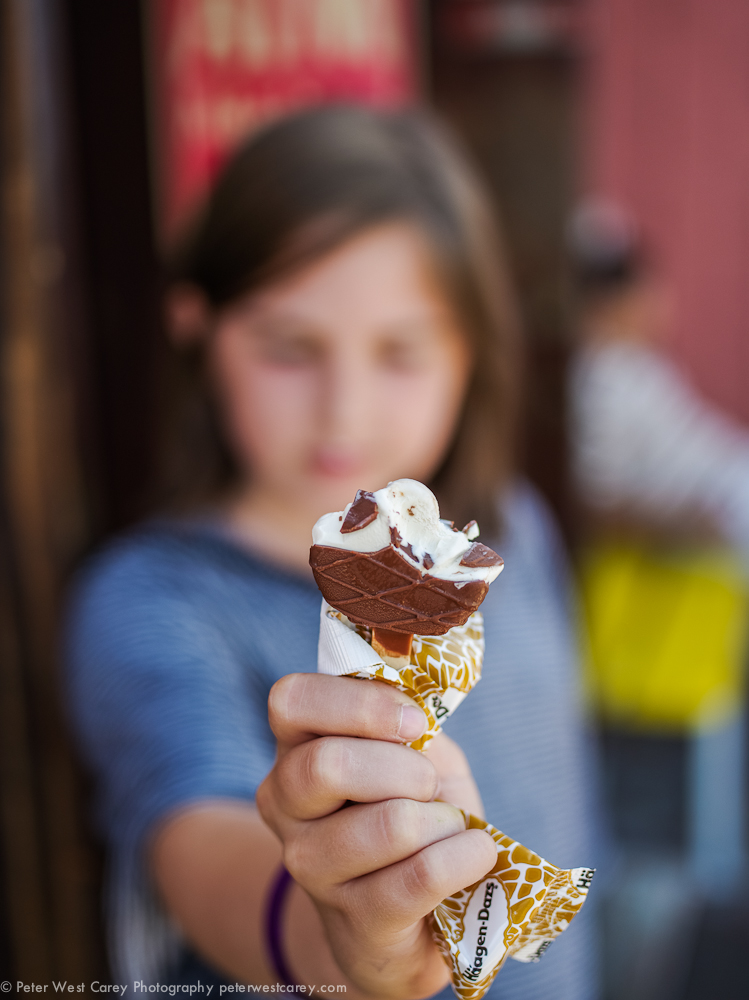
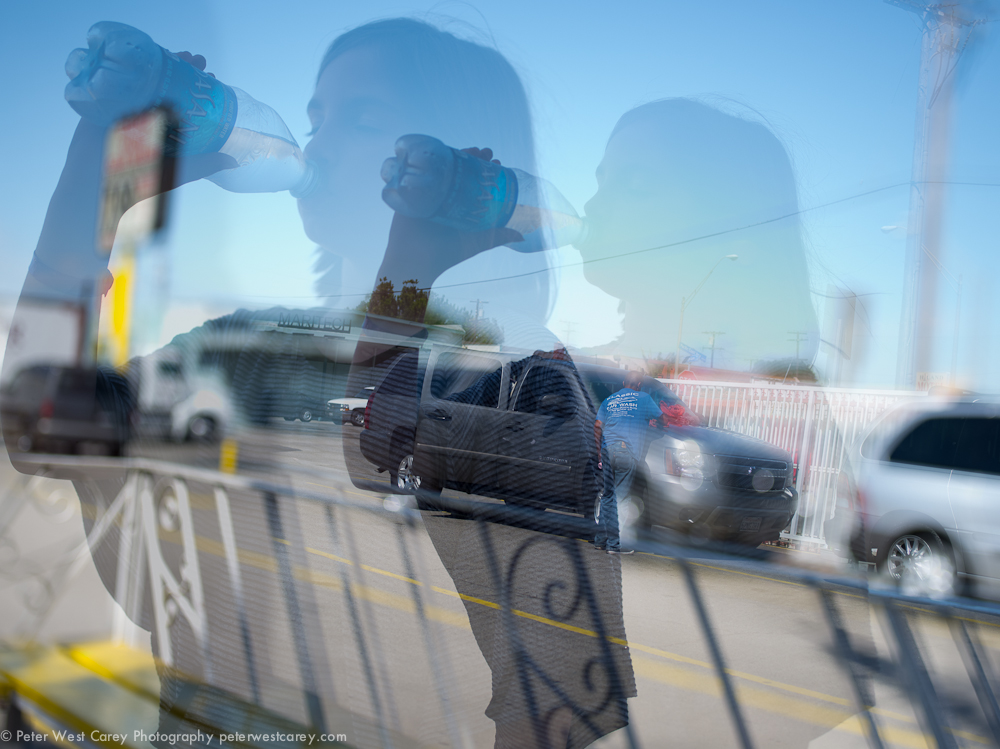
I am sure I’ll play around with the in-camera multiple exposure and time lapse modes more.
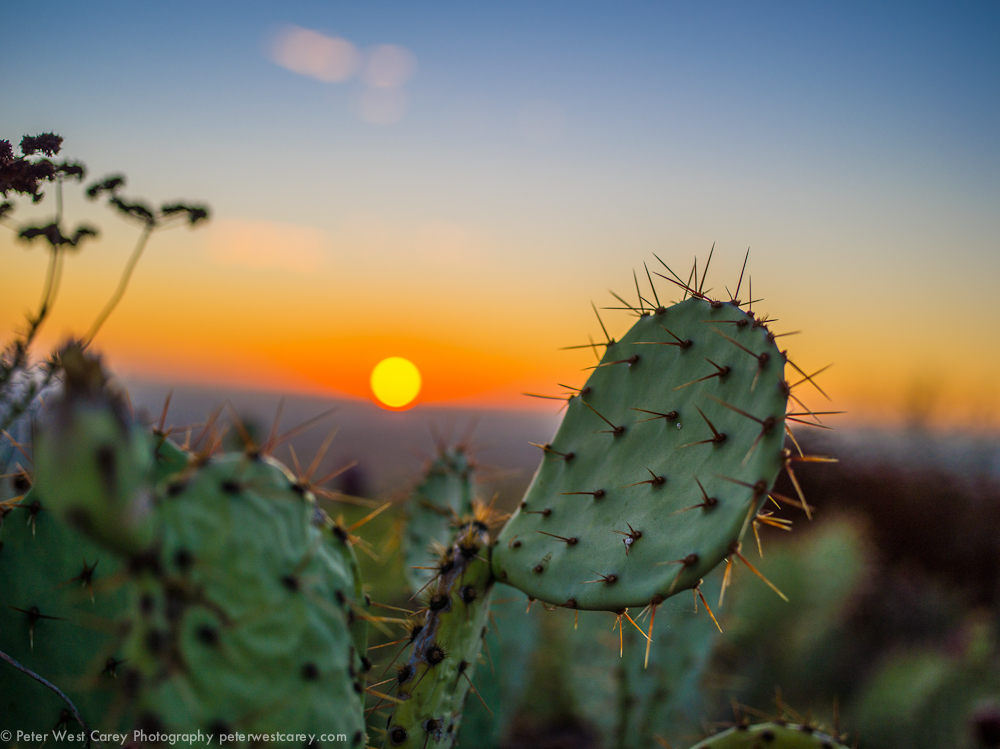
This image deserves a closer look especially when compared to the original below.
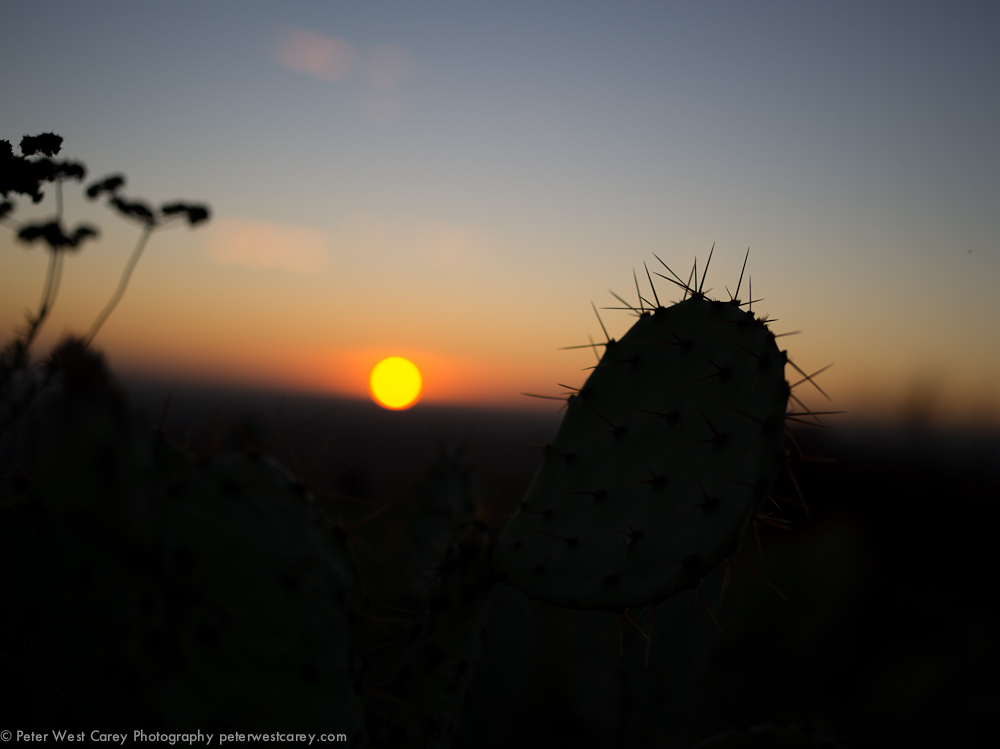
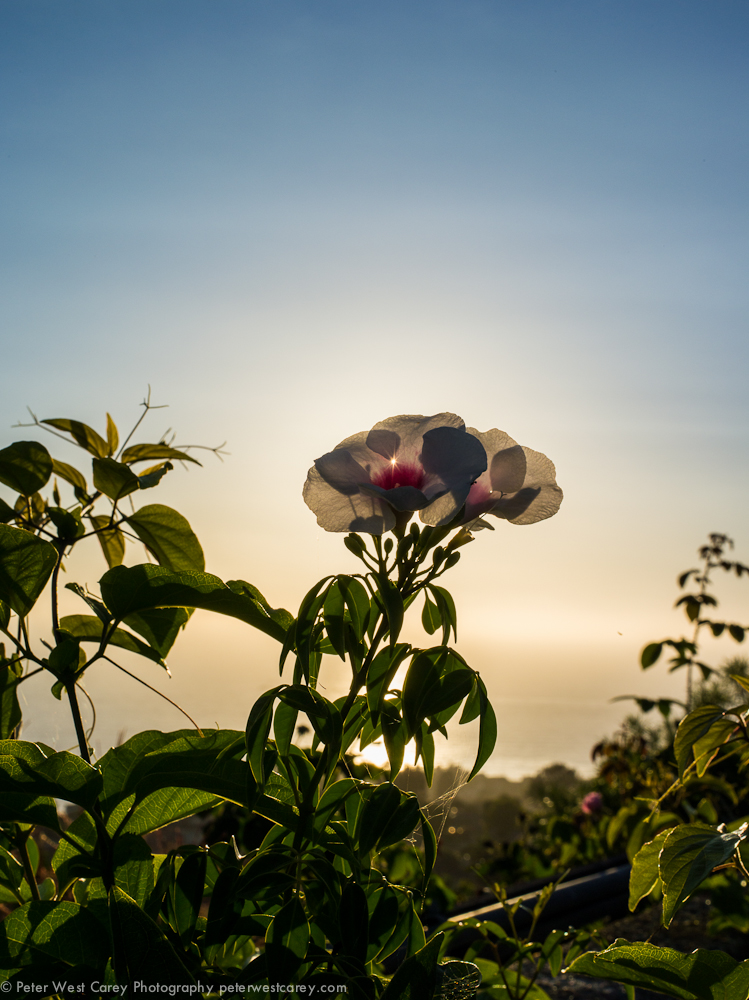
Zoom in to notice the detail of the ant on the flower.

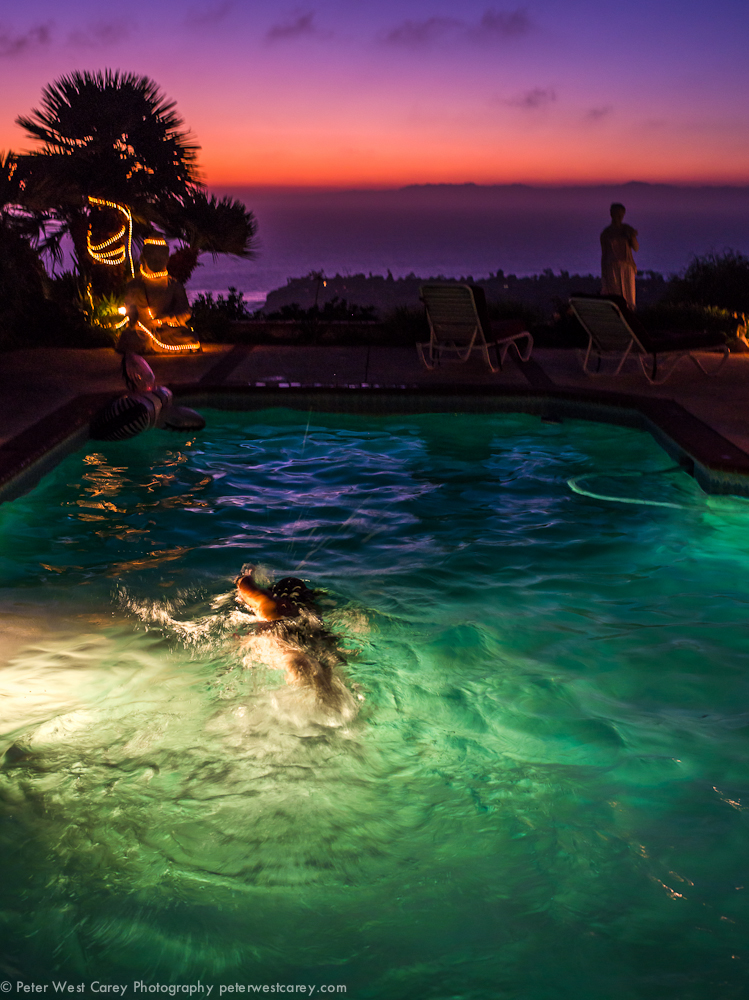
Notice the detail of the splashes from the swimmer.
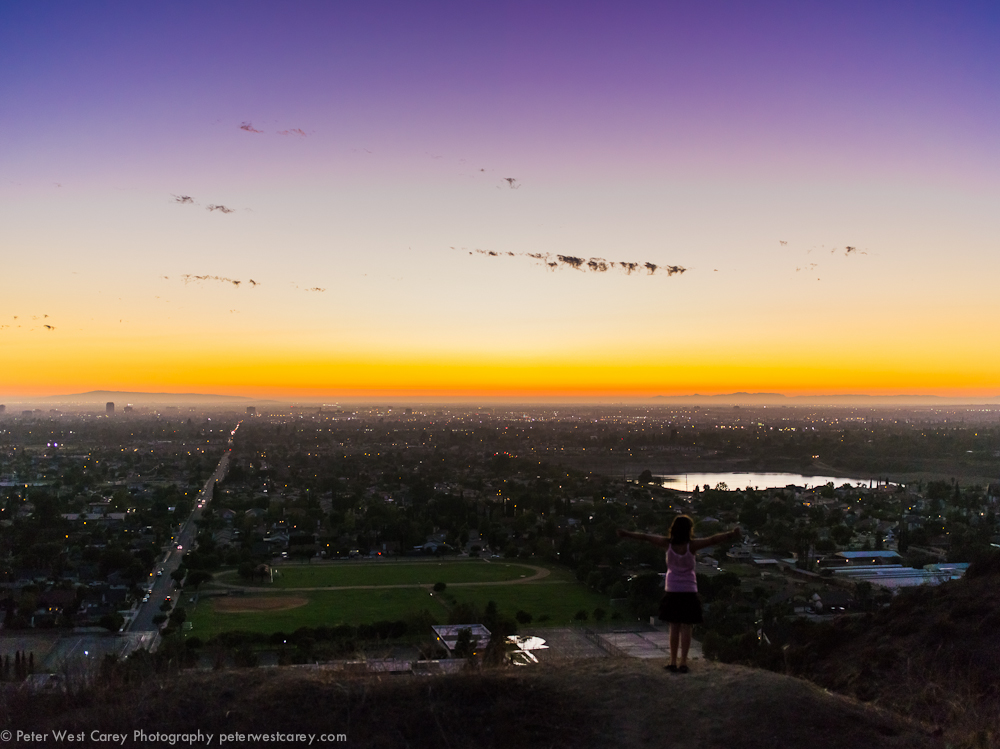
Again, below is a view before edits were made. Colors were not added in, but saturation was adjusted from what existed in the original.
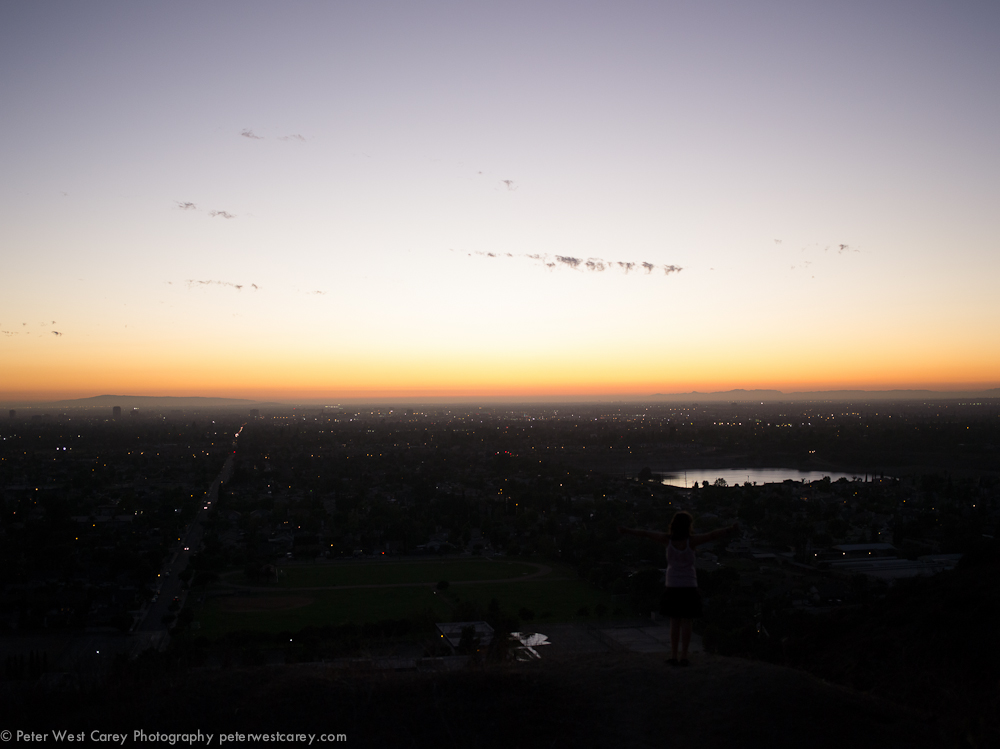
The Biggest Image Quality
So far I am finding little downside of using this camera (other than being limited to one lens, but that is fixable). The write times seem a little long for someone coming from the land of speedy 35mm DLSRs (it takes about five seconds for an instant review to appear and then another nine seconds before the image can be brought up on the screen for closer inspection) but this is understandable with the 50MB+ file sizes created. Oh! And those files can be DNG which I appreciate. I like that I can adjust the picture style (Natural, Portrait, Bright, Landscape, Vibrant, etc…) after the image has been shot to gauge how the final render will be on a computer.
The Pentax 645DeezNutz feels solid and has an unique shutter noise, making it a whole different animal than typical 35mm equivalents. The image clarity is superb and I will dive into this more with the final review in a few weeks. The price tag is spendy (my setup with the 55mm would cost $11,500, although, earlier this week Pentax announced a price drop for the 645D from $10,000 to $8,800 ) but I am starting to see the true value in medium format once again (even though this sensor is not true 645 size just as most 35mm DSLRs are not ‘full frame’).
If there is anything specific you would like to see tested with the camera, please let me know in the comments section below and I will do my best to include it in the final review.

